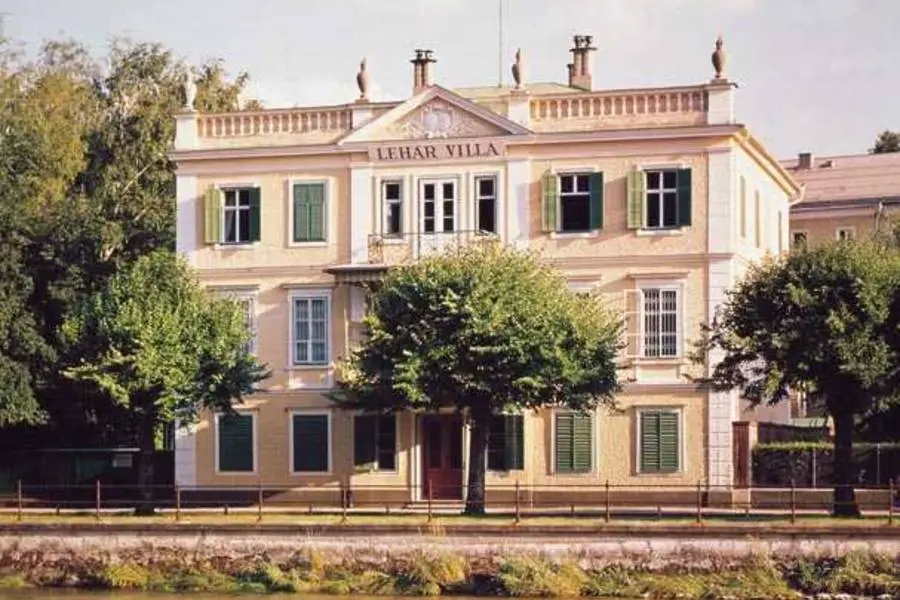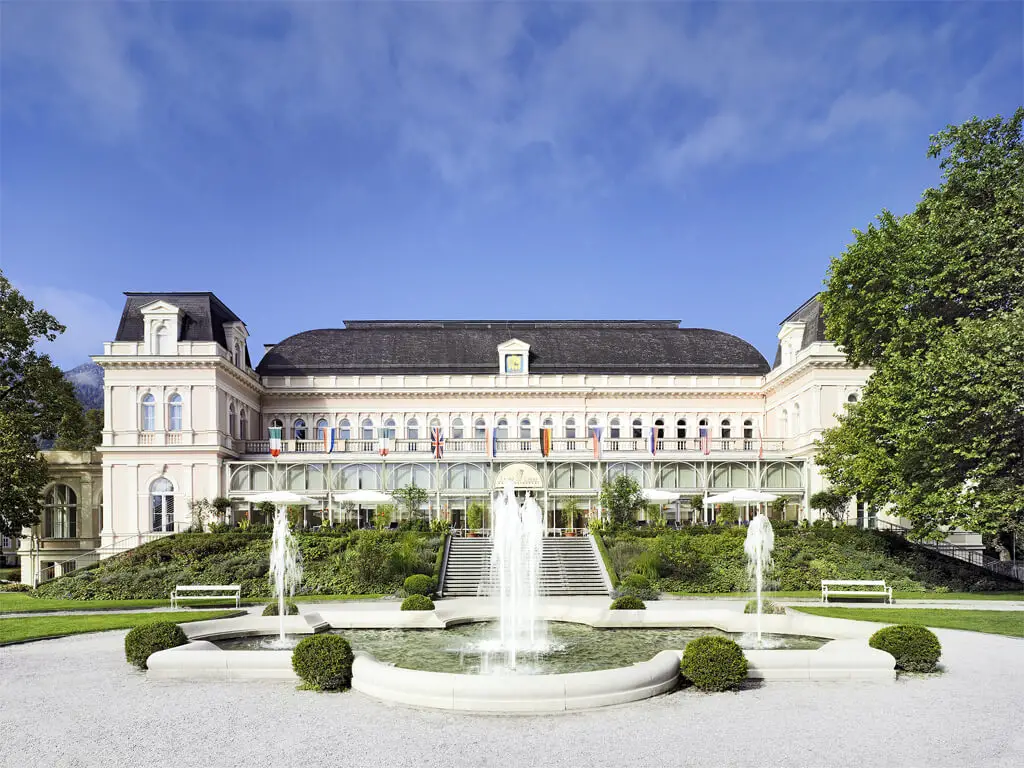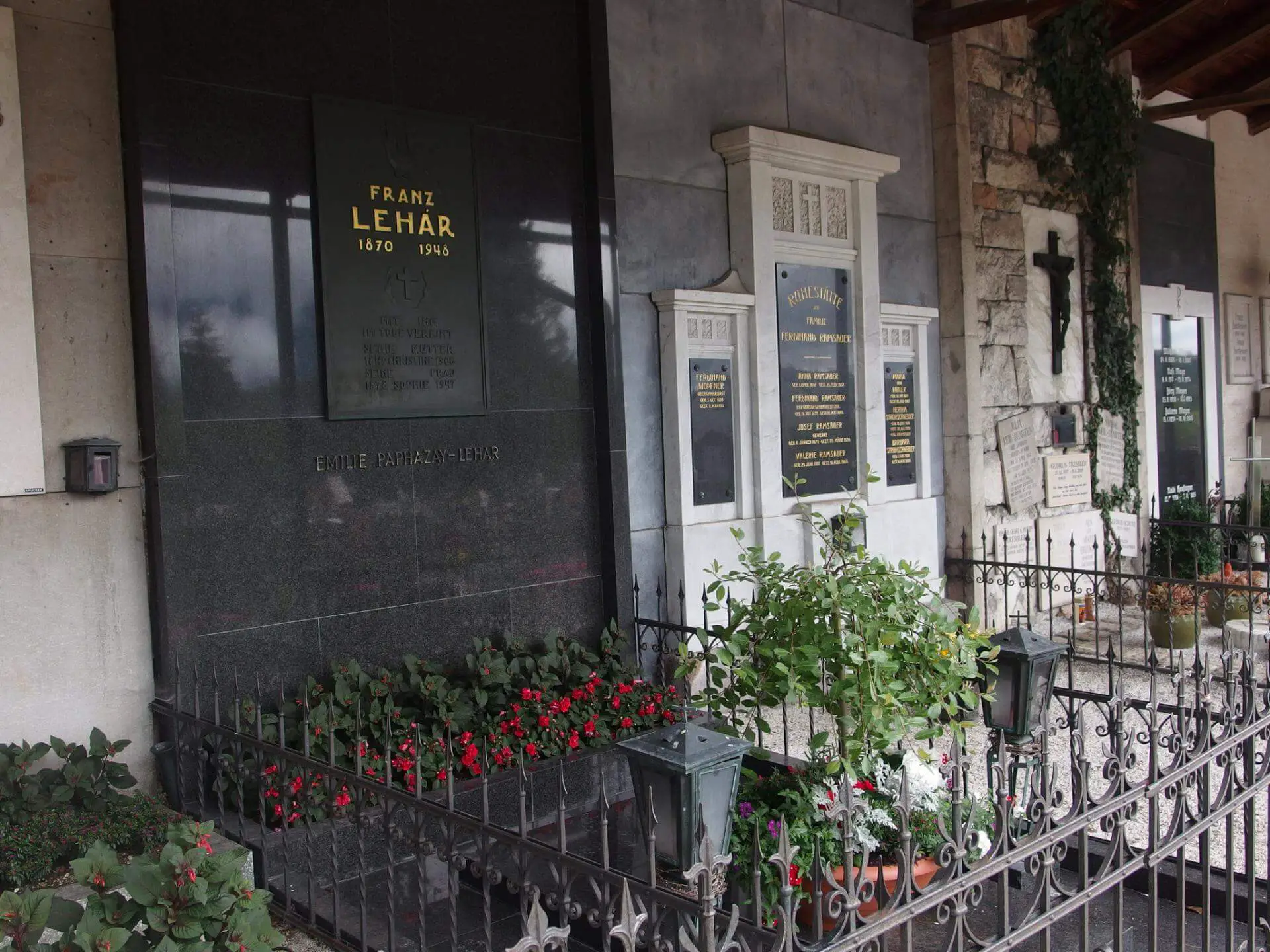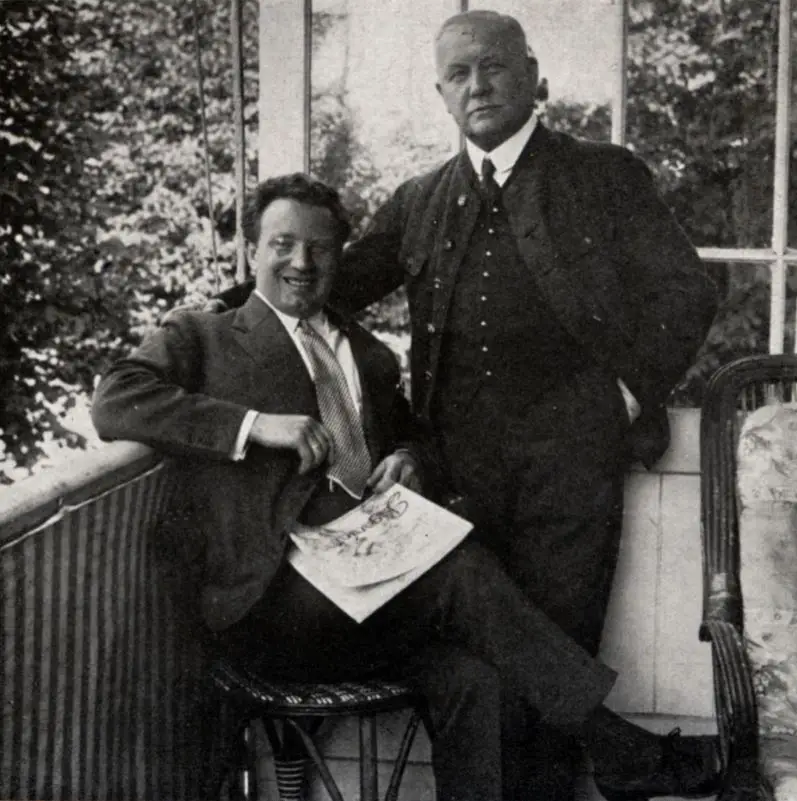Travel tips for opera lovers – Bad Ischl and Lehar
Lehár in Bad Ischl
The series about historical places of opera art & culture. Get to know exciting excursion and travel ideas for opera lovers. This time: Lehar in Bad Ischl.
All Destinations on google maps with links to detailed Blogposts:
Lehár in Bad Ischl
Lehár bought this villa in the Salzkammergut in 1912 and spent many summers here. According to his own statement, he wrote about 30 stage works in this gem. In accordance with his testamentary wishes, it has been transformed into a museum since his death in 1948.
Destination Lehár Villa (Lehár Museum)
Time really seems to have stood still in this beautifully furnished house and one has the feeling of roaming through Lehár’s house, which is what makes it so charming. Instead of multimedia, the emphasis is on style and competent guides.
Lehár Villa:
https://www.stadtmuseum.at/hg_Lehárvilla.php
Destination Lehár Festival
The annual Lehár Festival takes place during the summer months. This festival has been established for decades and has become something like the “Bayreuth of operetta lovers”.
Kongress&Theaterhaus:
Destination Lehár tomb
Franz Lehár died in Bad Ischl on October 24, 1948 at the age of 78. He was buried in the Bad Ischl cemetery.
Gravesite in the cemetery Bad Ischl:
Musical background: Richard Tauber and Franz Lehár
The famous song “Dein ist mein ganzes Herz” was practically note-for-note already present in the previous work “The Yellow Jacket”, but hardly stood out. In the remake of “Land of Smiles” this piece became the golden number. For this, much credit must certainly be given to tenor Richard Tauber. Tauber had already worked with Lehár in 4 operettas in the twenties, and the songs tailored for Tauber were usually placed in the second act and given the nickname “Tauber Lieder.” The Tauber song “Dein ist mein ganzes Herz” is the best known, and one of the most famous tenor pieces ever.
The artistic partnership between Tauber and Lehar was symbiotic to the highest degree. In 1920 Richard Tauber sang an operetta by Lehar for the first time and reaped immediate success. Lehar suffered from the decline of the operetta genre and it was only with Tauber that Lehar was able to return to the early successes of the “Merry Widow”.
Link to the portrait of the operetta “Land of Smiles”:
Lehár and Tauber in 1926 at the villa in Bad Ischl:








Leave a Reply
Want to join the discussion?Feel free to contribute!